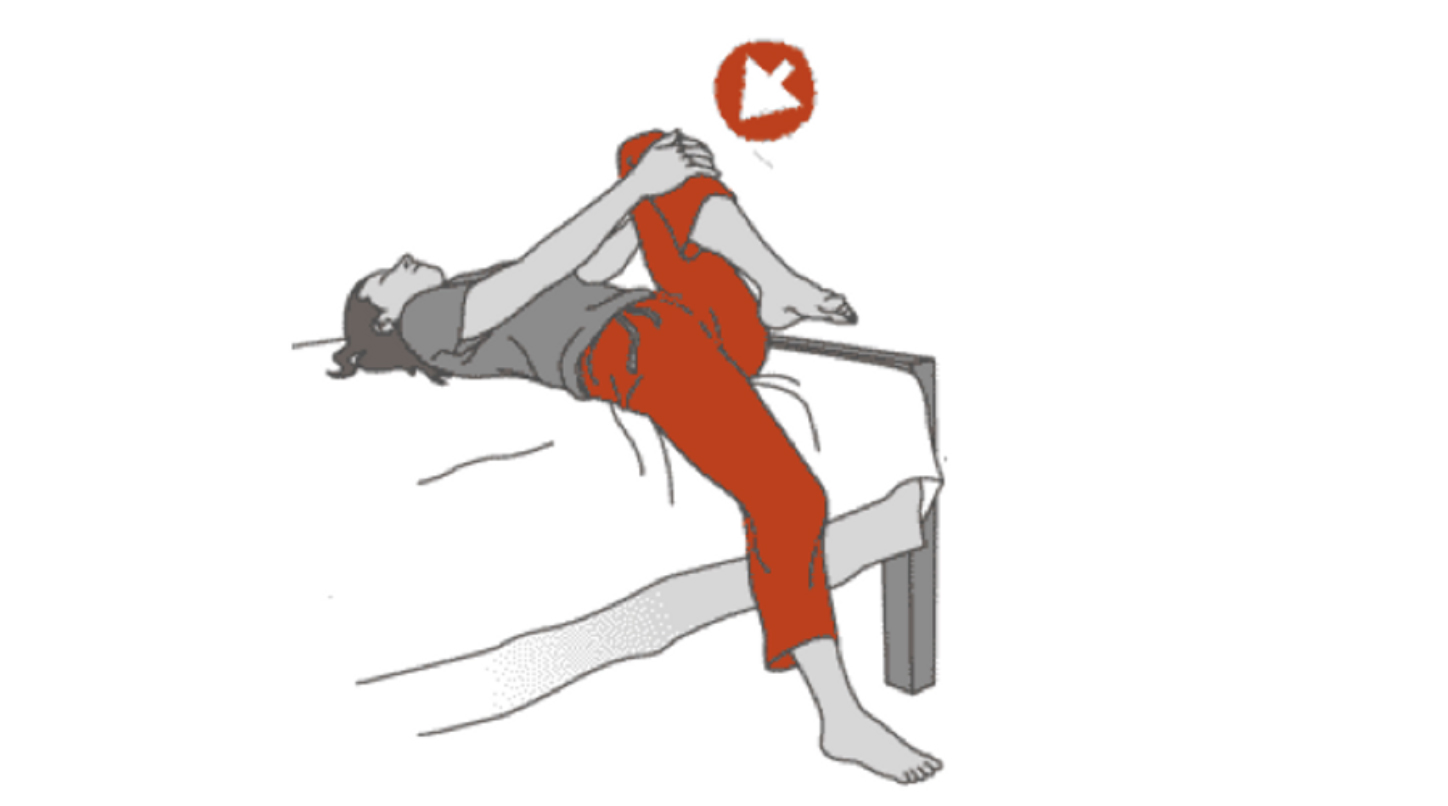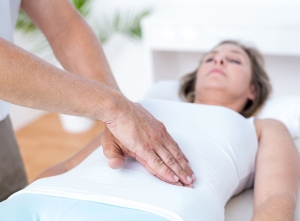The Ilio-psoas muscle. Why is it so important?
Composed of 2 muscles (the psoas and the Iliacus) and sometimes of a 3rd (psoas minor) which is not found in everybody, ilio-psoas is a bilateral muscle that plays a key role in our every day life, and often may be the cause of low back or groin pain.

Anatomy and Biomechanics
Ilio-psoas pain
Other then common injuries to hip flexors, there is another usual way to feel ilio-psoas pain.
The prolonged sitting positions relax this muscle, and if you get up too quickly after spending long time sitting (at the office for instance), this muscle is quickly stretched and then, due to a neurological guarding reflex, it is strained.
Here the importance of not sitting for too long and try to be active even while at work.

Ilio-psoas pain is usually referred in the low back and/or groin region. This pain can be aggravated while laying on the back with legs lying down since the lumbar arch (lordosis) is accentuated. Conversely, when knee are bent in this same position, the discomfort tends to decrease.
The anatomic connections
The ilio-psoas muscle is connected with different organs of our body, not only with the musculoskeletal system. In this article we will analyze only the most important connections.
– Toracic Diaphragm: the most important muscle of the respiration is attached at lumbar spine level, on the same vertebral segments of the Ilio-psoas muscle (L1-L3) and both can directly influence each other.

– Kidneys: some anatomists named the ilio-psoas muscle as “kidney’s rail”. This is because kidneys literally lie above the ilio-psoas fascia and during the day (in a physiological context), influenced by the diaphragmatic forces, they slide up and down on it.

– Ascending, Discending and Sigmoid Colon, Mesenteric root
– Female Genitourinary system
All these organs can either influence or being influenced by the ilio-psoas muscle.
How can you gently stretch this muscle
There are different ways for stretching this muscle, I usually advise this one showed below.

If you feel it’s too difficult to do you can even try this one…

What can Osteopathy do for this muscle?
Osteopaths can influence this muscle through the abdomen (you may have wondered why osteopaths work on your belly while you have back pain) but also mobilising your lumbar spine or your lower limbs.

A Holistic approach is mandatory when approaching this muscle; connected organs, blood and nerve supply, and the usage of this muscle in the psycho-social context of the single person must be well identified.
If the Osteopath’s Diagnosis suggest an ilio-psoas strain, for the connections previously mentioned, he would assess and eventually treat all the areas that may prevent your ilio-psoas to function properly.


